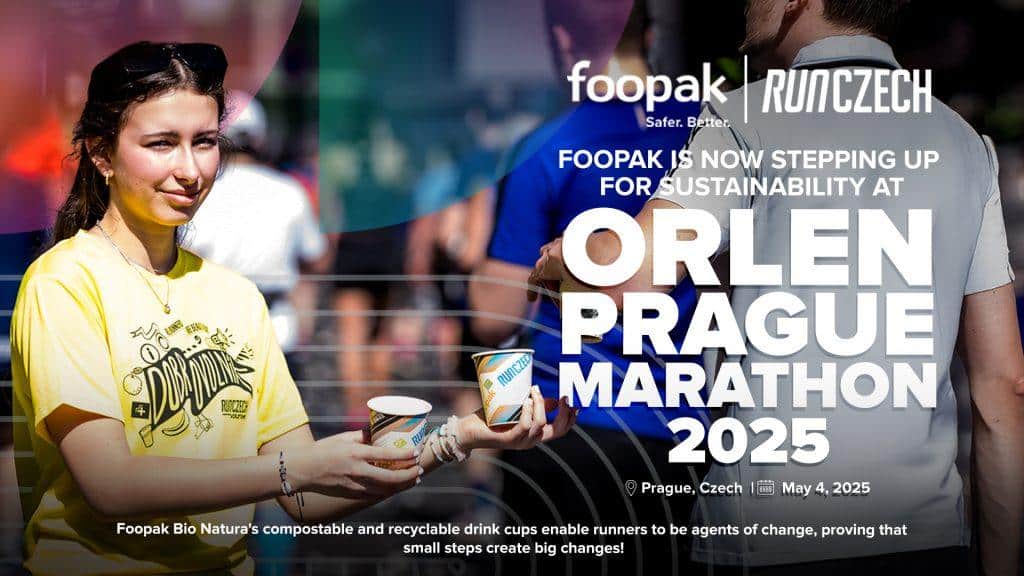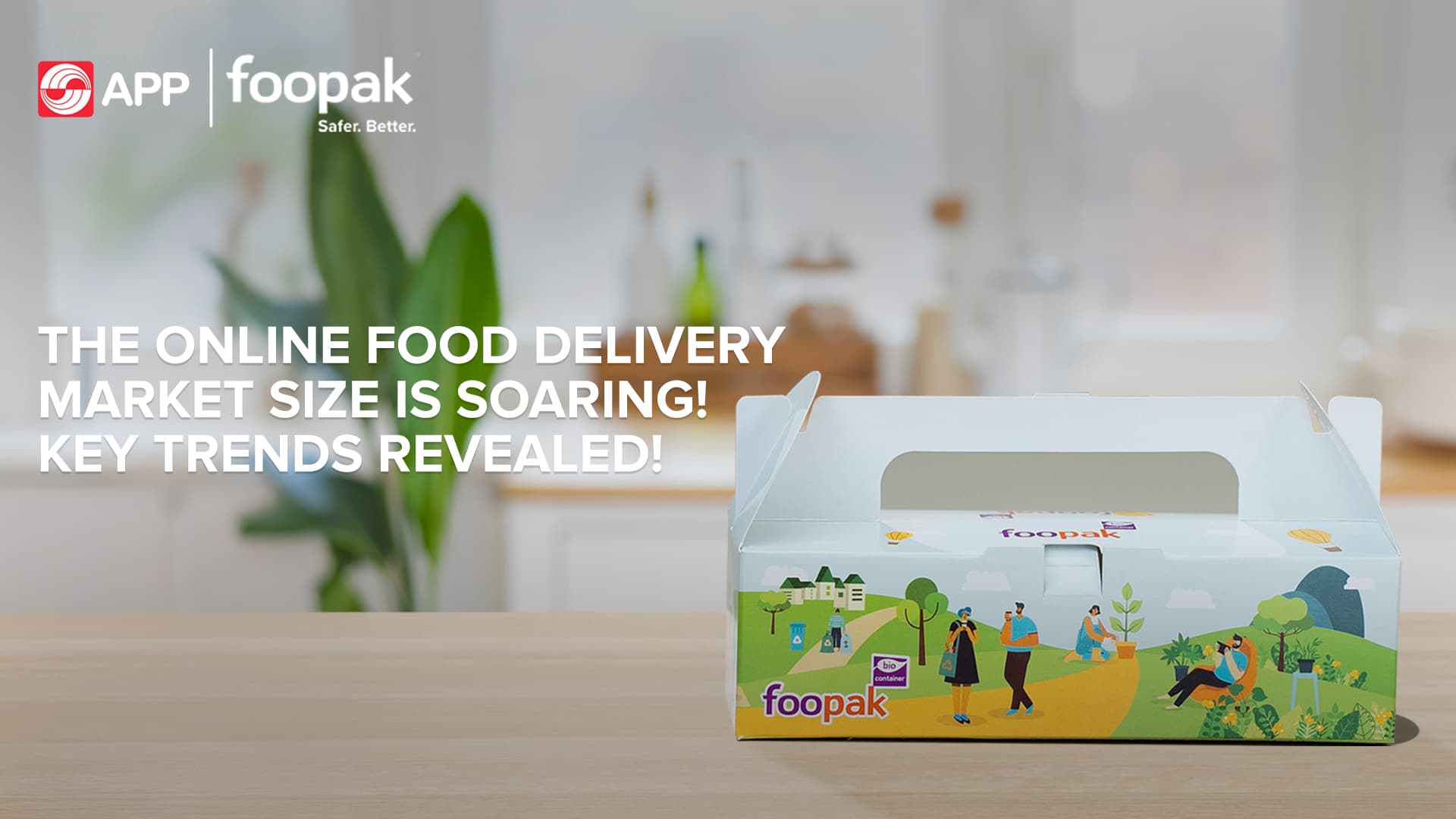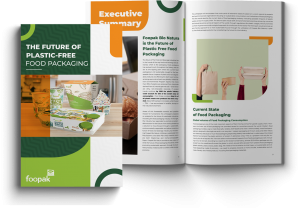

Online food delivery has become an integral part of our daily lives, catering to a diverse range of age groups, from teenagers to baby boomers. It provides practicality by minimizing the effort required to obtain food and beverages outside the home. Business owners and investors can gain valuable insights by exploring the trends related to the online food delivery market size discussed below.
Read More: 6 Tips for Starting an Online Culinary Business
Current Online Food Delivery Market Overview
By 2025, it is estimated that approximately 4.69 billion people will have smartphones, which will greatly impact the food delivery industry. Gain a deeper understanding of the current market landscape by reviewing the insights here.
Market Size and Growth Rate
A report by Research and Markets indicates that the global online food delivery market reached USD 134.9 billion in 2023, with projections to reach USD 317.7 billion by 2032, with a compound annual growth rate (CAGR) of 10.0% during the 2023-2032 period.
To provide insights for current trends, Mordor Intelligence estimates that the online food delivery market will be valued at USD 0.78 trillion in 2025 and is projected to grow to USD 1.57 trillion by 2030, reflecting a CAGR of 15.01%. These reports highlight the growth and significant potential within the online food delivery sector.
Consumer Demographics
The online food delivery market is particularly popular among younger consumer demographics, specifically Gen Z and millennials. However, baby boomers have also become remarkably tech-savvy, and their dining expectations have been significantly influenced by technological advancements.
Asia Pacific stands out as the fastest-growing and largest market for online food delivery, projected to reach USD 0.69 trillion by 2025. This expansion is fueled by the increasing use and adoption of mobile phones, further influencing consumers’ dining expectations. Additionally, the rising number of nuclear families in the Asia-Pacific region presents a strong market opportunity, as they prioritize convenient solutions that accommodate their busy lifestyles.
Over the next 20 years, Asia Pacific is expected to remain a compelling market, with significant players including China, India, Indonesia, Thailand, the Philippines, and Vietnam.
Read More: Survey of Gen Z’s Interest Level in Eco-Friendly Packaging
Market Leaders
In the U.S., DoorDash holds the largest market share of the online food delivery market at 67%, followed by Uber Eats at 23% and Grubhub at 8%. This dominance can be attributed to strategic initiatives, such as offering free memberships through partnerships with other companies. Notably, Uber Eats is one of the fastest-growing food delivery services in the world, operating in 32 countries and over 825,000 users in 2022.
However, the competitive landscape differs in regions like Asia Pacific, where key players include GrabFood, Uber Eats, and Zomato. Among these, GrabFood is the most popular food delivery service in Southeast Asia, operating in Singapore, Malaysia, Indonesia, the Philippines, and more.
The Future Challenges of Online Food Delivery Market
As discussed, the online food delivery market size is projected to reach USD 317.7 billion by 2032, presenting significant opportunities for businesses to engage in this expanding market. However, challenges such as rising operational costs and the need to stay aligned with current trends remain prevalent.
With Gen Z and millennials spending more time online and remaining informed about popular trends, they are found to be 27% more likely to purchase from brands that demonstrate a commitment to their impact on people and the planet. Consequently, adopting sustainable packaging is likely to enhance business performance in the future.
Read More: Building a Sustainable Future: Exploring Circular Economy Opportunities
Maximizing Opportunities in the Online Food Delivery Market with Foopak
The high competitiveness of the online food delivery market necessitates that businesses remain agile to stay ahead. One effective strategy to address the challenges in this rapidly growing industry is to integrate sustainable packaging into operations. Utilizing sustainable packaging solutions, such as Foopak, not only helps reduce costs but also enhances your brand’s reputation.
Foopak provides eco-friendly paper packaging solutions for food and beverage products. From high-quality paperboard like Foopak Anchor Plus to temperature-resistant cups such as Foopak Bio Natura, these packaging options ensure the maintenance of product quality. For further details about Foopak’s product specifications and certifications, learn more here.


